IDENTIFICATION OF ORIGINAL SHALIGRAM SHILA STONE
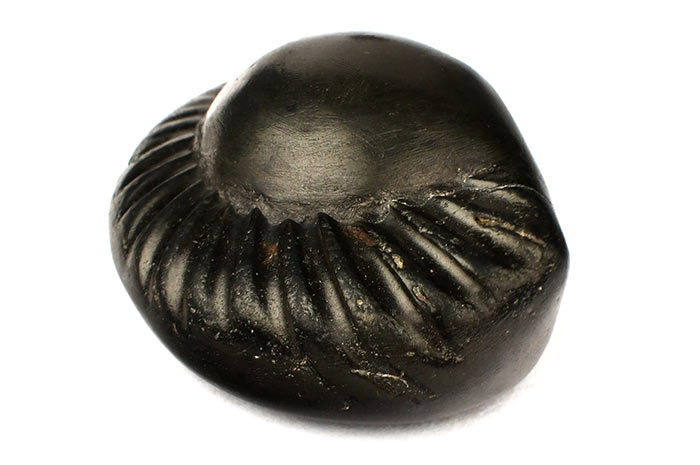
CLICK HERE TO BUY ORIGINAL SHALIGRAMS
Shaligrams are found only in the Gandaki River in Nepal. Thus many times it becomes difficult to identify a genuine Shaligram from a counterfeit one. Unfortunately taking advantage of the high demand of original Salagrama Shilas, many traders deal in fake Shaligrams knowingly or sometime even unintentionally. Some traders even make fake Shaligrams using black cement; these are easily identifiable by an expert. Also please note that no two Shaligrams are identical so if someone is offering the multiple shaligrams which look identical then they are fake. Shaligrams which has carving of Naag, exact Chakra designs, lines, artificial holes or are of unusual color are also best avoided as they are most likely fake. Shaligrams with rough body should also be avoided as most Shaligrams from Gandaki River are smooth in nature.
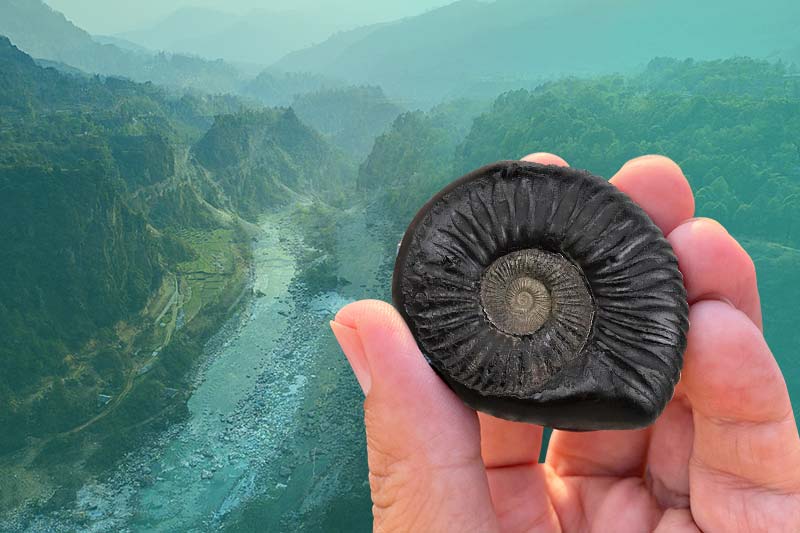
TESTS TO IDENTIFY ORIGINAL SHALIGRAM SHILA STONES
Observation Test
Check the colour. Lustre, the shape of the Shaligram. Real Shaligram Shilas will have uneven patterns, which will be beautiful. Make sure that the design looks too “perfect” and may have been manufactured or carved in stone. Many people will apply M-seal on the shaligram to hide carving marks, so you can place the shila in hot water and rub your finger around the surface to check if any residue of M-seal comes on your fingers.
This test required prior experience with Shaligram Shilas. Devotees who have never seen an original Shaligram Shila may not be able to tell the difference
You can send us high-definition images of your Shaligram Shila at contact@rudracentre.com or WhatsApp: +917021180033 and our expert will check if the Shaligram Shila is original or not.
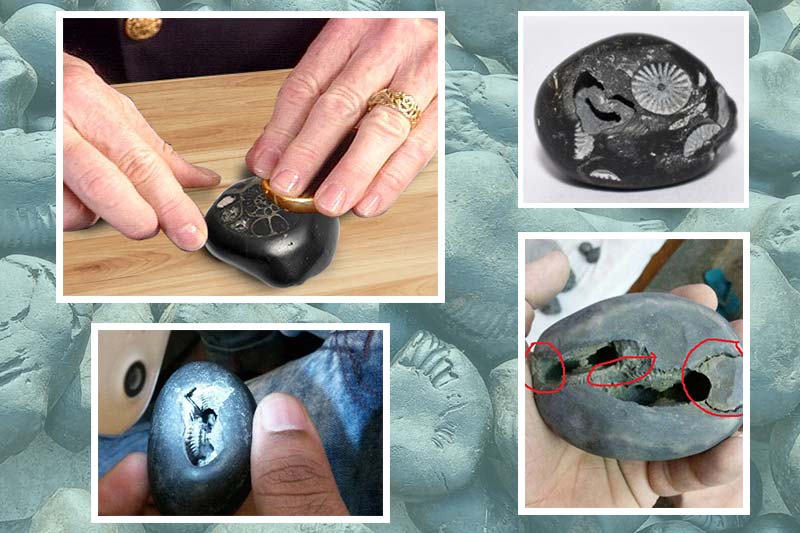
GOLD OR SILVER DEPOSIT TEST
The gold or silver rub test is one reliable way to check the authenticity of a Shaligram as original Shaligram Shila Stone has high affinity to Gold & Silver. When a small piece of gold or silver is rubbed on the smooth surface of a Shaligram, particles of gold or silver stick to the surface and will look like smeared glitter on the original Shaligram stone shila.
The same may be true for some other stones with smooth surface as well but in case of a Shaligram the color which is left behind on the surface of the Shaligram is semi-permanent in nature because original/authentic shaligram has high affinity with these precious metals. In case of any other stone the color/deposit can be wiped away easily with the thumb or a cloth. On Shaligram the gold and silver deposit will stick with much vigor and one won’t be able wipe off the glitter easily.
It is highly recommended that a devotee makes the purchase from only a reputed and known dealer or organization who deals into authentic and genuine Shaligram Shilas. Devotees should educate themselves about how and from where the Shaligrams are sourced.
One may get the Shaligrams tested from reputed Geologist who may make them undergo Metallurgy and Carbon dating tests to figure out if stones are Fossilized ammonites OR Original Shaligram Shila Stones however this process may require a lot of groundwork research and money as well because these tests require expensive specialized equipment
It is best to purchase Original Shaligram Stone from a reputed organization like Rudra Centre.
Shaligrams may be worshipped by men and women, and all people of all religions alike. God is the all-pervading existence and there are no distinctions by Him. Only love, faith and gratitude are needed for blessings.
Shaligrams are an iconic representation of Lord Vishnu and one who worships them is blessed with peace, protection, abundance and manifestation of desires. Just as Lord Vishnu had many Avatars and forms and one who worships any one of them gets blessings from Lord Vishnu Himself, just so Shaligrams were categorized in many ways as devotees searched for marks and identifications to find which form of Vishnu they represent. But worship of any of them, would bestow the same blessings as that of any other. Ancient authentic references do not make distinctions among salagrama stones; any Salagrama-stone is taken as a visible representation of Vishnu. The salagrama-lore that seeks to identify the different stones and ascertain their worship-worthiness is obviously a part of the later puranic culture. Also in all the Puranas, the identifications are mentioned, but nowhere the benefits or the blessings of the different forms are mentioned distinctly, meaning very clearly that blessings that follow any form is equivalent the other.
TYPES OF SHALIGRAM
.jpg)
Shaligrams are primarily classified depending upon their marking and appearances. There are numerous types of Shaligrams, 24 types of Shaligrams are considered to be related to 24 incarnations of Vishnu, these are also related to the 24 Ekadashi fasts of the year. These 24 types of Shaligram representing 24 manifestations of Lord Vishnu as mentioned in the Skanda Purana are Keshava, Madhusudana, Shankarshan , Daamodara, Vaasudeva, Pradyumna, Vishnu, Maadhava, Ananta, Purushottama, Adhokshaja, Janaardan , Govinda, Trivikrama, Shridhar, Hrishikesha, Nrisimha, Vishvayoni, Vaamana, Naaraayana, Pundarikaaksh, Upendra, Hari, Krishna.
Then there are other Shaligrams which are classified as per markings on them which are associated with Lord Vishnu such as Chakra, Shankha, Gada and Padma. Identification and classification of an original Shaligram is difficult and subjective task. Details about various types of Shaligrams are given in varied scriptures such as Vishnu Purana, Garud Purana, Skanda Purana and many more.
Over time many other Shaligrams symbolizing other Deities as well got classified, some with scripture reference and some otherwise. Shaligrams are also found in different colors such as black, brown, blue, yellow; so, they are also classified as per their color and number of Chakras or holes present on them and more.
At Rudra Centre we source Shaligram directly from Nepal and our experts and team of well qualified pandits identify the names and types of these Original Shaligram Shila Stone
Mentioned below are some popular types of Shaligrams:
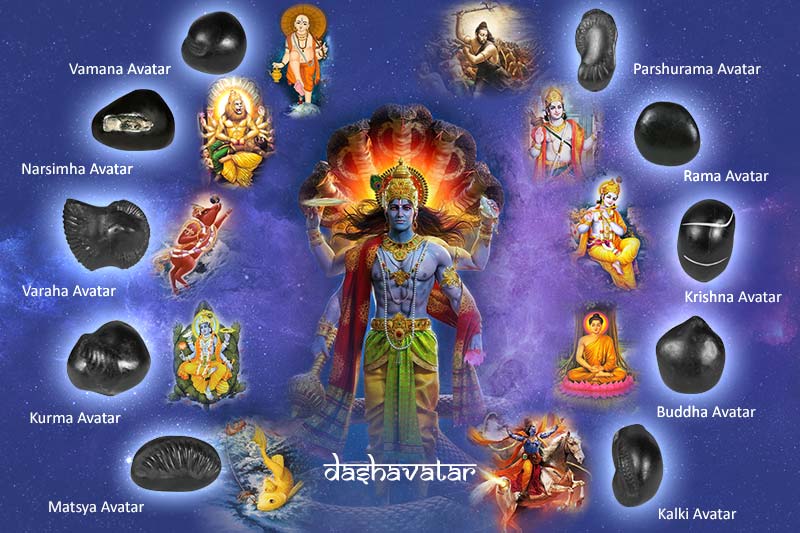
The most popular types of Shaligrams are the Dasavatara Shaligrams, these Shaligrams symbolize the ten most popular manifestations of the Lord Vishnu namely:
- Matsya Shaligram
- Kurma Shaligram
- Varaha Shaligram
- Narsimha Shaligram
- Vaman Shaligram
- Parasuram Shaligram
- Rama Shaligram
- Krishna Shaligram
- Buddha Shaligram
- Kalki Shaligram
Other benefits of Shaligram Shila include:
- Sudarsan Shaligram – Has one Vishnu Chakra on it
- Laxmi Narayan Shaligram – Has two Vishnu Chakra patterns on it
- Achyut Shaligram – Shaligram with three Vishnu Chakra
- Janardan Shaligram – Four Vishnu Chakra on it
- Basudev Shaligram – Five Vishnu Chakra patterns on it.
- Pradhyumna Shaligram – Six Vishnu Chakra patterns on it
- Shankarshan Shaligram – Seven Vishnu Chakra patterns on it
- Purushottam Shaligram – Eight Vishnu Chakra has patterns on it
- Navavyuha Shaligram – Nine Vishnu Chakra patterns on it
- Dashavatar Shaligram – Ten Vishnu Chakra patterns on it
- Aniruddha Shaligram – Eleven Vishnu Chakra patterns on it
- Ananta Shaligram – Twelve Vishnu Chakra patterns on it
- Paramatma Shaligram – Thirteen Vishnu Chakra patterns on it
Types of Shaligram Shila include:
- Hrishikesh Shaligram
- Laxmi Narayan Shaligram
- Vasudeva Shaligram
- Narayana Shaligram
- Madhava Shaligram
- Laxmi Narayan Sudarshan Shaligram
- Damodara Shaligram
- Purushottama Shaligram
- Achyuta Shaligram
- Hari Shaligram
- Sankarshana Shaligram
- Pradyumna Shaligram
- Govinda Shaligram
- Vishnu Shaligram
- Shridhara Shaligram
- Keshava Shaligram
- Shesha Naag Shaligram
- Janardana Shaligram
- Padmanabha Shaligram
- Aniruddha Shaligram
- Madusudhana Shaligram
- Janeudhari Shaligram
- Suriya Shaligram
- Trivikrama Shaligram
- Upendra Shaligram and
- Adokshaja Shaligram
- Hayagriva Shaligram
- Paremeshthin Shaligram
- Hiranyagarbha Shaligram
- Chaturbhuja Shaligram
- Gadadhara Shaligram
- Rupinarayana Shaligram
- Vishnu Shaligram
- Madhusudhana Shaligram
- Trivikrama Shaligram
- Shridhar Shaligram
- Padmanabha Shaligram

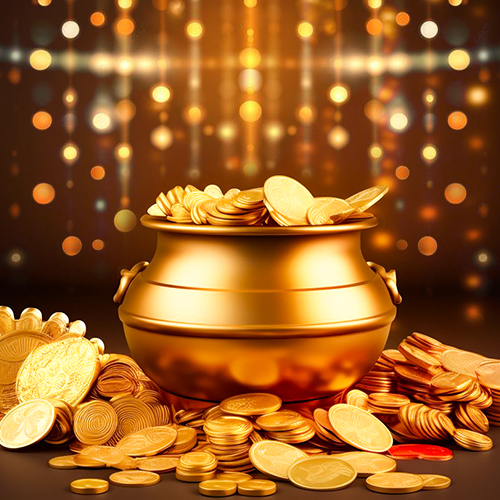
-in-Astrology.jpg)
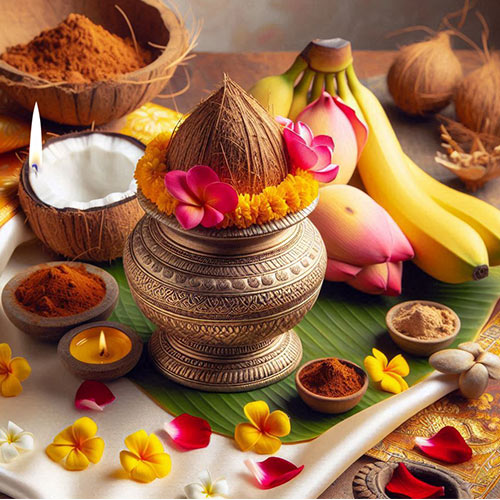
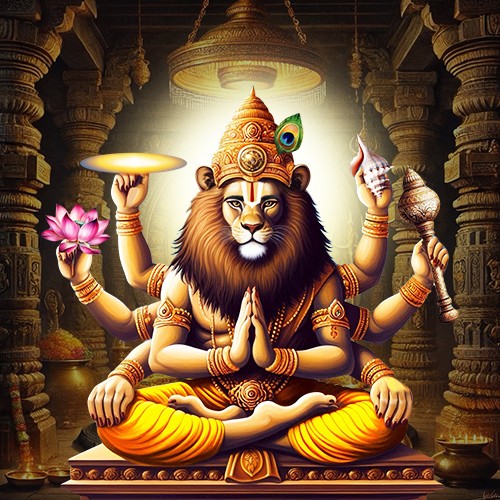
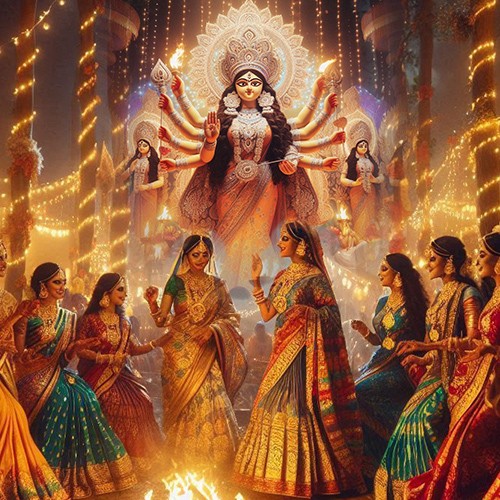
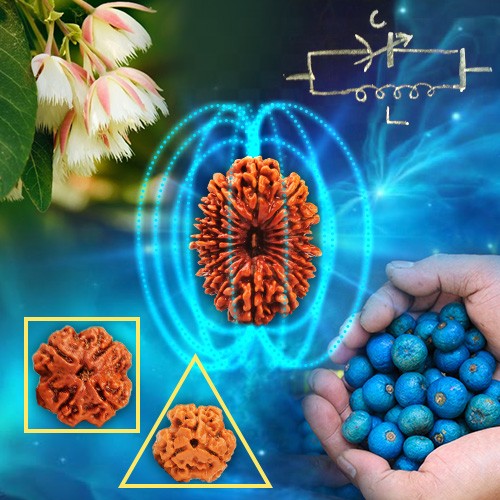

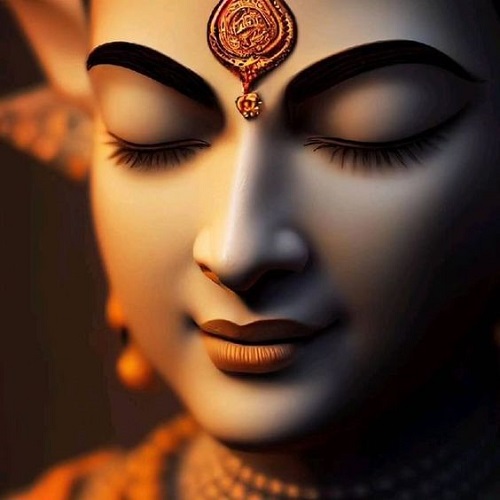
.jpg)
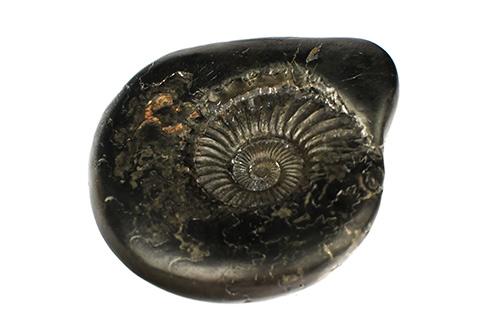
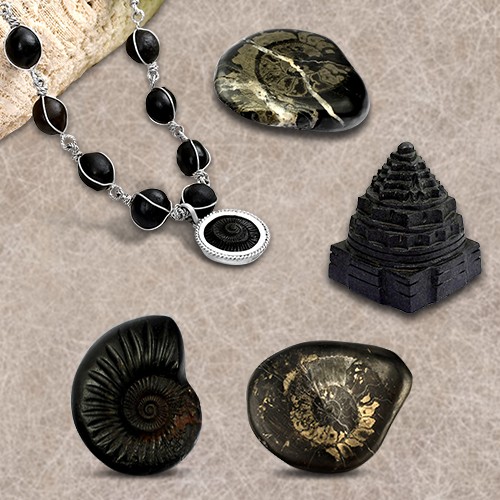
Sabrina Thompson
|August 29, 2025
Hi. I believe I've found a shalagram in Minnesota at the kiester river. Can you please email me back and I'll submit pictures.
Bivek gupta
|July 29, 2025
Worship of lord vishu to been kept 🙌 at home positively power
Kannan Varadachari
|September 14, 2024
I found a stone in kali ghandaki river on my visit back from muktinath and couple of people told is shiva saligrama by testing with gold. Can you please help with me to check if you can verify by pict
Mrs Rama
|April 12, 2024
I collected few shaligram stones from Gantaki River bed during my visit to Mukthinanth Temple Nepal. Can you let me know if they are shaligrams. I shall send the images to you Thanks in advance.
Arvind Desai
|March 21, 2024
I want to know which shaligram I can keep in the house n worship?
Arvind Singh
|March 1, 2024
Good Quality Shaligrama
Kanmani
|February 22, 2024
Very usefull
Bruce Thompson
|January 6, 2024
I just tested mine by rubbing a silver ring and I thought it was so pretty I rubbed it all over and I have a real one that now has silver glitter although ever since I've received this Stone it seems like my life has gone downhill and I watched several YouTube videos where it was said keeping it in your home will be your undoing I'm just wondering how can I please this Stone any helpful insight would be greatly appreciated and thank you for the information above
Shashikala
|December 2, 2023
When you shake the shaligram and hear water sound, what does this signify...genuine ?